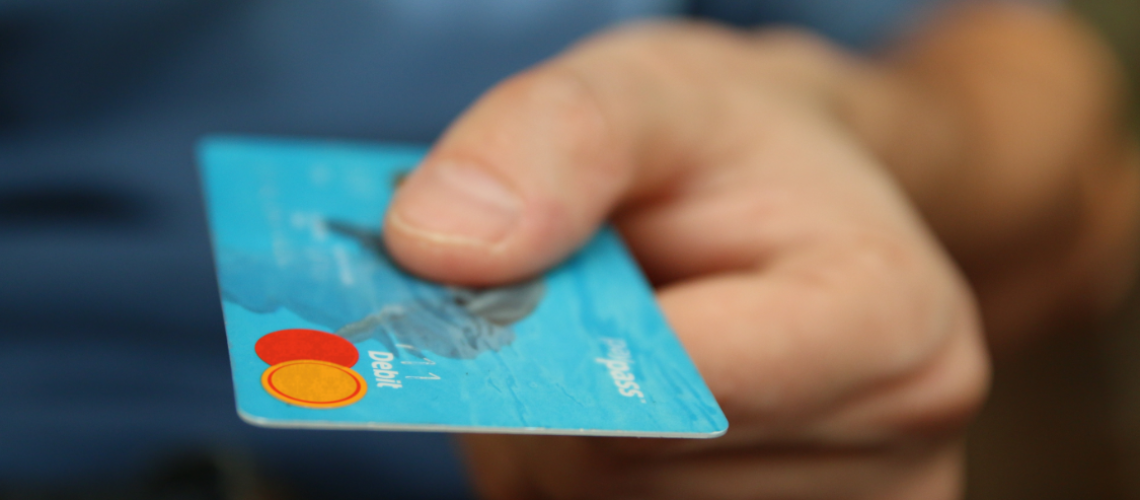People are being drawn to contactless payments more and more. Maybe it’s a lack of patience or just a need to speed through the mundane parts of modern life like buying lunch. Either way, more people want to use contactless technology to pay for things, and most of these people expect that technology to be readily available whether they are in a café, at a train station or even visiting an attraction like a museum.
Many galleries and museums are free to enter and thus rely heavily on donations to continue their work. Couple this with our rapidly cashless society and you’ll identify another group of organisations that need to start thinking about contactless payments and cashless donation technology.
While tourism and cashless payments/ donations may not seem to go hand in hand, there is much to consider when it comes to this technology in attractions like museums. Yes, tourists from abroad may want to pay (and donate) in cash to avoid potential card transaction fees, but many tourists and museum visitors are not from abroad.
The rise of the ‘staycation’ brings hoards of tourists to museums, galleries and other attractions with the privilege of being able to use their card – With 1 in 6 Brits being a card only shopper, without the right contactless technology in place there are opportunities being missed.
The main difference between the use of contactless payments for retail and tourism, is that in retail there is a clear benefit to the transaction e.g. a cup of hot coffee and a cake on the cold station platform. With tourism and places like museums where a contactless payment is for something less tangible, it’s still possible to make the benefit of their contactless payment be seen as a benefit through an emotional and meaningful connection.
So where do museums and other similar organisations start when it comes to cashless donation technology?
- Where to implement cashless donation technology in a museum
There are many places around a museum where you could optimise the opportunity to fundraise. If you don’t charge a fee for entry, then you could have a cashless donation point at the front desk. This is a sensible place to ask for donations, reminding visitors that it’s free to enter but should they like to make a donation towards the work you do, they can with just a tap of their card.
It would also make sense to have one at the exit, so that once visitors have experienced the wonders of the museum they are asked if they would like to make a donation, again with a simple tap of their card. Other good places around the museum might be at the tills in the gift shop, at particularly popular exhibits with higher footfall of visitors, and any information points where people are likely to stop and read for a moment.
You could also utilise mobile donation points like The National Portrait Gallery in London, so you can move them around on a day to day basis depending on visitor numbers.
2. The Use of Smart Terminals
If budget allows, you may be able to partner with an agency so you can build something tailor made for your museum to show on screens around the museum. Smart terminals are a good example of this as they enable you to engage with your museum visitors without having to have an actual member of staff present.
These terminals could have videos and multimedia presentations to entice visitors to watch, perhaps tailored to a new exhibit or fundraiser within the museum. Campaigns can then be changed accordingly making it a simple and effective way of engaging with visitors and increasing donations.
As we wrote above, the entrance is a logical place to ask for donations when visitors are first coming in the museum, but it’s also worth remembering that people tend to donate to specific causes rather than charities. A smart terminal would therefore be useful for fundraising towards a specific exhibition and could be situated in the relevant place.
Perhaps the best bit about smart terminals is the fact that they draw the attention of visitors for being more than just a donation box. An interactive experience is likely to engage visitors before they even realise they are being asked to donate. Rather than just a tap and a beep, these screens mean that you can offer visitors something in return for their donations, much like ( and probably even better) the simple coin spinner.
3. Smart Stickers
Smart terminals in multiple locations could get quite pricey, so if your budget doesn’t allow for multiple multimedia screens, you could opt for smart stickers in other locations. Each section of the museum, or even each set of artifacts, could have a smart sticker like Donater’s, where people who have especially enjoyed that particular part can scan the sticker on their phone and make a donation there and then.
4. Don’t Replace Cash Donation Points
Cashless donation technology isn’t designed to replace the more traditional fundraising boxes, but more to facilitate those people who do wish to donate but don’t have the cash on them. When The National History Museum in London trialled contactless charity payments, they no longer prevented visitors from donating when they didn’t have change, and increased their visitor donations by 22%.
Similarly, the National Gallery had been seeing a fluctuation in cash donations and so decided to implement cashless donation technology. These had a flat rate donation of £5 making it simple for donors. It was found that donations made by card were larger – Cash donations were an average of £4-5, with card donations being the upper end of that. Another success from cashless donation technology was the use of mobile payment devices coupled with warm and friendly members of staff around the gallery, reminding visitors that they rely on donations. This saw a definite increase in donations.
5. Make it as easy as possible
As this technology is to be used alongside cash donations, you will ideally want it to be as simple and as easy as dropping a coin in a box. Not always as easy with technology, but it is achievable if you are willing to let go of the urge to collect visitor information and ask for user generated content. If visitors know it’s going to be as quick and simple as just a tap, then they may be more willing to stop and donate.
Getting all of this set up can take a little time, but it seems like the effort will be worth it to take your museum donations into the digital age.
For more tips and fundraising info, follow along at @Donater.


